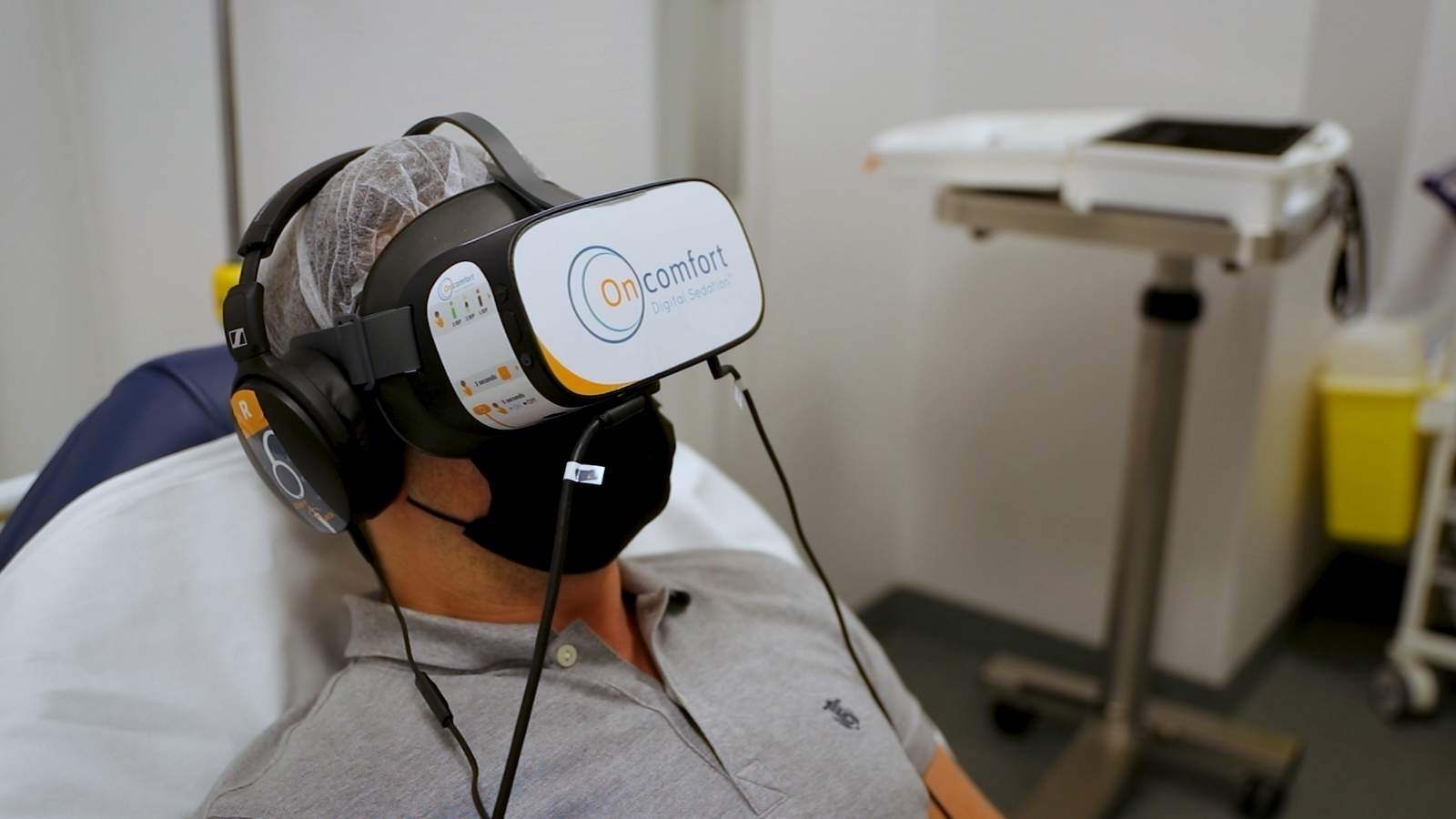In the pharmaceutical and medical device industries, maintaining compliance with regulatory standards is crucial for ensuring product quality and patient safety.
Companies with certified GMP (Good Manufacturing Practice), GDP (Good Distribution Practice), or ISO 13485 Quality Management Systems (QMS) are required to conduct regular self-inspections or internal audits to verify compliance and identify areas for improvement. For simplicity, we’ll refer to these as internal audits throughout this blog post.
Effective management of your yearly audit program is essential for sustaining compliance and continuously improving your QMS. Here’s a step-by-step guide on how to plan, execute, and optimize your internal audit program.
5 Essential Steps to Master Your Yearly Audit Program for Compliance and Quality Improvement
1. Plan Your Audit Schedule
The first step in managing your yearly audit program is to develop a comprehensive audit schedule. This schedule should cover all areas of your organization that fall under the scope of your QMS, ensuring that no critical process or department is overlooked. Key considerations include:
- Adopt a Risk-Based Approach: Prioritize areas with the highest risk or those that have undergone significant changes. This helps ensure potential issues are identified and addressed before they impact product quality or compliance.
- Align with Regulatory Requirements: Make sure your audit schedule aligns with regulatory expectations. For instance, ISO 13485 requires regular audits to verify the effectiveness of your QMS.
- Ensure Adequate Resource Allocation: Ensure you have the necessary resources, including trained auditors and sufficient time, to conduct thorough audits.
2. Prepare Your Audit Team
A well-prepared audit team is essential for the success of your internal audit program. Your auditors should be trained not only in the relevant regulations and standards but also in effective auditing techniques. Consider the following:
- Invest in Auditor Training: Provide ongoing training for your auditors on the latest regulatory updates, audit methodologies, and best practices.
- Maintain Objectivity and Independence: Select auditors who are independent of the area being audited to ensure objectivity. Cross-auditing between departments can help achieve this.
- Define Clear Roles and Responsibilities: Define clear roles for each team member, ensuring that all aspects of the audit process are covered.
Tip: Outsourcing your internal audits can also have several benefits, such as decreasing the cost of training and maintaining objectivity.
3. Conduct the Audits
Executing the audit is where planning and preparation come together. During the audit, your team will assess compliance, identify nonconformities, and provide feedback for improvement. Key steps include:
- Start with an Opening Meeting: Begin with an opening meeting to outline the audit’s objectives, scope, and schedule. This ensures that all parties understand the process and what is expected.
- Perform a Document Review: Examine relevant documents, including SOPs, records, and previous audit reports, to verify compliance and identify any discrepancies.
- Observe Processes: Observe operations to ensure that procedures are being followed as documented. This may involve touring facilities, interviewing staff, and reviewing real-time practices.
- Identify Nonconformities: Document any nonconformities or potential issues. It’s important to categorize them by severity and ensure they are backed by evidence.
4. Report and Follow-Up
After the audit, the findings should be compiled into a clear and concise report. This report is a critical tool for driving improvements and ensuring compliance. The follow-up process includes:
- Prepare a Detailed Audit Report: Create a report that includes a summary of findings, evidence of nonconformities, and recommendations for improvements. Ensure the report is reviewed by relevant stakeholders.
- Develop a Corrective Action Plan: Work with the audited departments to create a corrective action plan to tackle the investigated root cause(s). This plan should include timelines, responsibilities, and steps for addressing the identified issues.
- Monitor Implementation: Follow up on the implementation of corrective actions to ensure they are completed effectively and on time. This may involve scheduling follow-up audits or reviews.
5. Review and Improve Your Audit Program
Continuous improvement is a cornerstone of any QMS. After completing your yearly audit cycle, take the time to review the effectiveness of your audit program and identify areas for improvement.
- Conduct an Audit Program Review: Assess whether your audit program met its objectives, covered all necessary areas, and effectively identified and addressed risks.
- Learn from Feedback: Gather feedback from auditors and auditees to identify strengths and areas for improvement. Use this feedback to refine your audit process.
- Update Procedures: Incorporate any changes or improvements into your audit procedures, ensuring that your program evolves with your organization’s needs and regulatory requirements.
Managing your yearly audit program is a critical component of maintaining compliance with GMP, GDP, and ISO 13485 standards.
By carefully planning your audits, preparing your team, executing the audits effectively, and continuously improving your processes, you can ensure that your organization not only meets regulatory requirements but also drives continuous quality improvement.
Remember, a well-managed audit program is not just about compliance—it’s about fostering a culture of quality and accountability that ultimately leads to better products and safer outcomes for patients.
Do you lack the internal expertise or availability to conduct these audits? QbD Group offers to take on your audit program with our certified Lead Auditors or trained internal auditors.
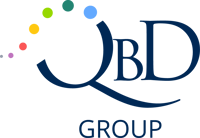

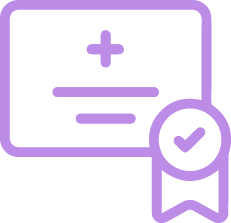


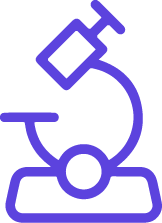
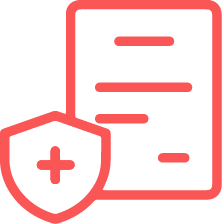





.jpg)









.png)

.jpg)
